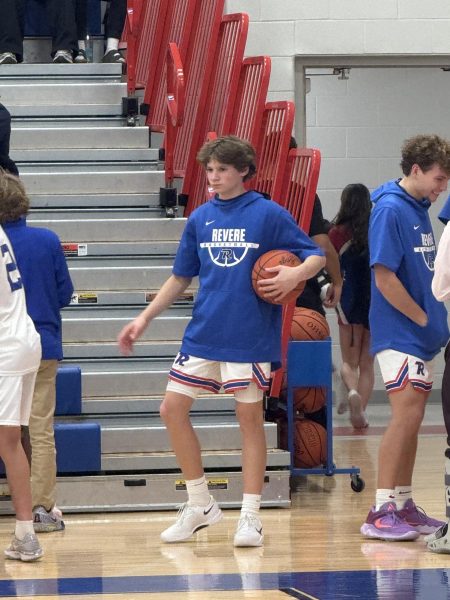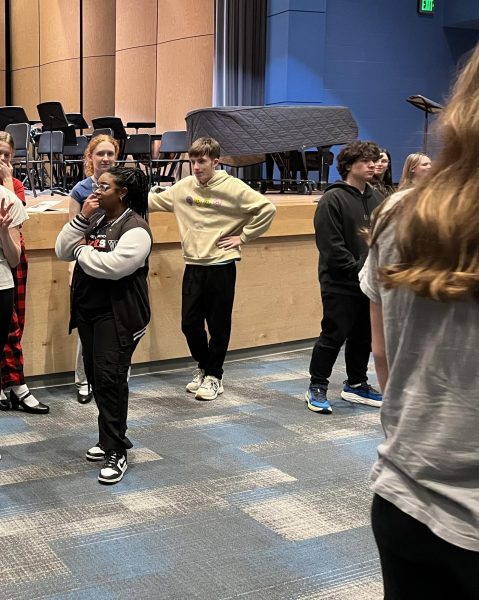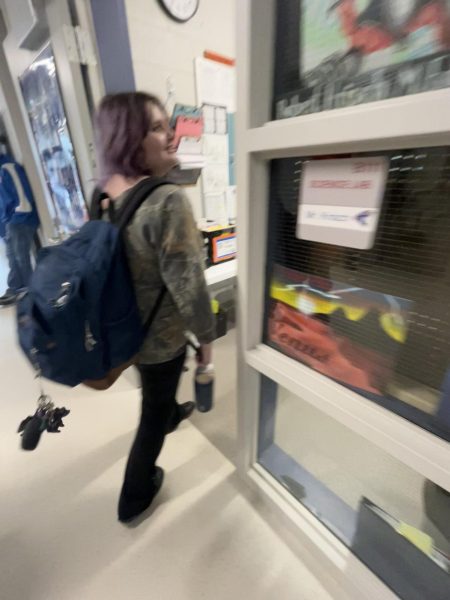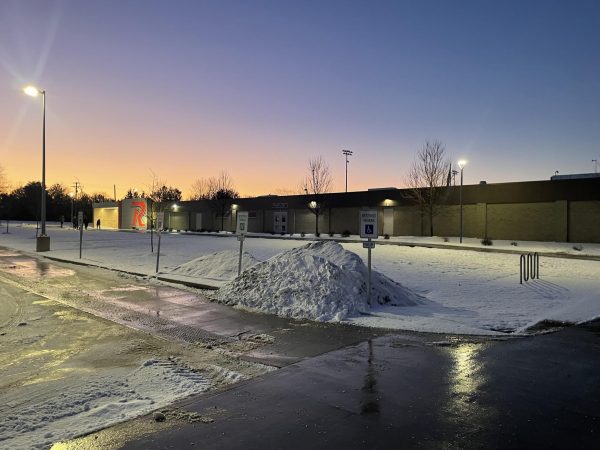Freestyle skiing provides opportunities, freedom
As the frigid New York air tears at the spectator’s clothing Alliy Hansen is busy setting up for her next stunt. Hansen is participating in a freestyle skiing competition. It is go time and Hansen speeds down the slope towards the colossal ramp from which she will soar through the air in an intricate series of flips and pirouettes. As Hansen goes airborne into the Superman front flip she extends her arms so she soars through the air emulating the Man of Steel. As she reaches the apex of her jump she swings her legs around in a fluid motion and braces her legs for the impact. Touch down and the crowd erupts into applause at the perfectly executed stunt. This is just one of a multitude of elaborate stunts that Hansen will complete today.
Freestyle skiing is a discipline comprising of aerial stunts, moguls, and half-pipe. It is one of the most watched events at the Winter Olympics. Hansen has been skiing from the time she turned two.
Coming from a skiing family, she felt a natural gravitation towards the sport as a means to bond with her family.
Hansen’s brother Griffen explained why he believed his sister enjoys skiing so much.
“[When you ski] you don’t have to think or worry about anything,” Griffen said.
Hansen added to this statement.
“I love that you can just be free, and nothing can tie you down. It’s just you and the mountain and that connection is awesome,” she said.
Hansen touched on how often she practices.
“I ski every weekend starting in late December till early April. I ski in western New York which is a three hour drive from Akron, and it has great conditions,” Hansen said.
Hansen’s coach Corey Hecker talked about what a typical practice entails.
“Practice begins at 9:00 in the morning and we usually start by going to the mogul course until the air sit is open. Then we either train at the air site, the park, which has rails and jumps to practice on, or stay at the moguls. We have many coaches so you can have great training at any spot. The morning practice ends at 12 and we have a hour break for lunch then training begins again at 1. The afternoon session continues until 3 and offers the same training options as the morning,” Hecker said.
Griffen talked about the schedule for the day.
“We get to the mountain at about 8 in the morning for registration and then [starting at] 9 we get training runs till 10:30 and then at 10:45 or 11 we start the competition. Competitors receive a score based on jump takeoff, jump form and landing. A degree of difficulty is then factored in for a total score. We are judged on a cumulative score of two jumps,” Hansen said.
Hansen also talked about how far she has traveled for her events.
“The farthest place I have traveled for an event was New Hampshire which was a 12 hour drive from Akron. but usually I just travel around western New York for my events,” Hansen said.
Hansen also discussed how she balances her time between rigorous ski training and school work.
“It is not easy but the long drives to and from my cabin in New York gives me time to do my homework. After a long ski weekend I find it hard to study for school and get everything done correctly and it becomes very hard to manage at times,” Hansen said.
Hansen touched on her goals for skiing in the future.
“I would like to go to college and ski for a team because that seems very appealing to me. If I could go pro I would, but I will be shocked to become one because the odds are against me for many reasons. One is because of where I live and therefore there are not as many facilities here as in the east and in the west to train, but I do practice for one week every summer at the Olympic Training Center in Lake Placid and I go train for two weeks, at Ohio Dreams,” Hansen said.
Hansen hopes to pursue her dreams at the collegiate level and hopefully at the professional level. Currently she competes simply with the goal of fulfilling her talent.










